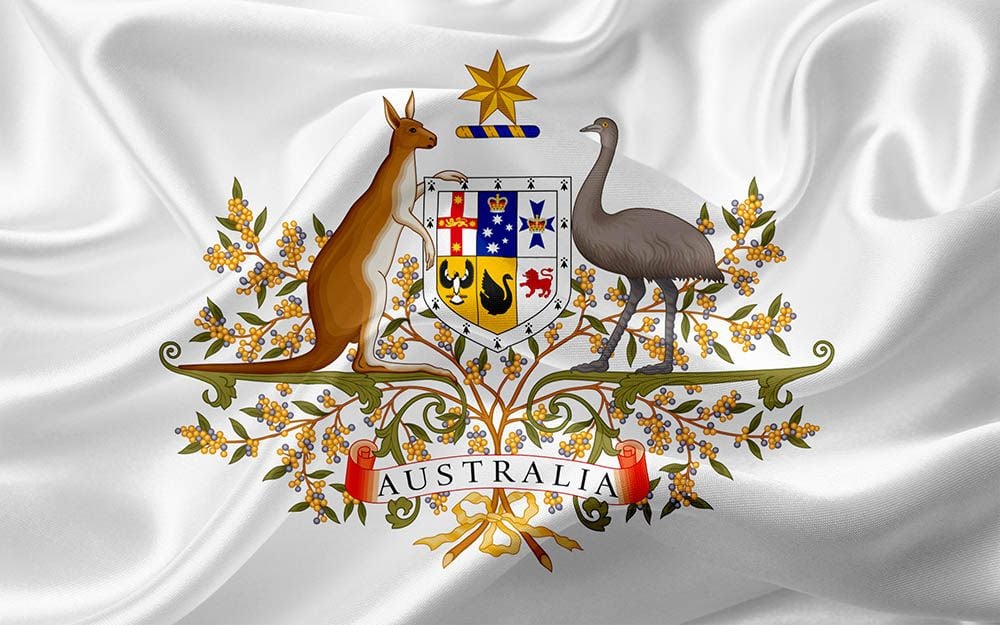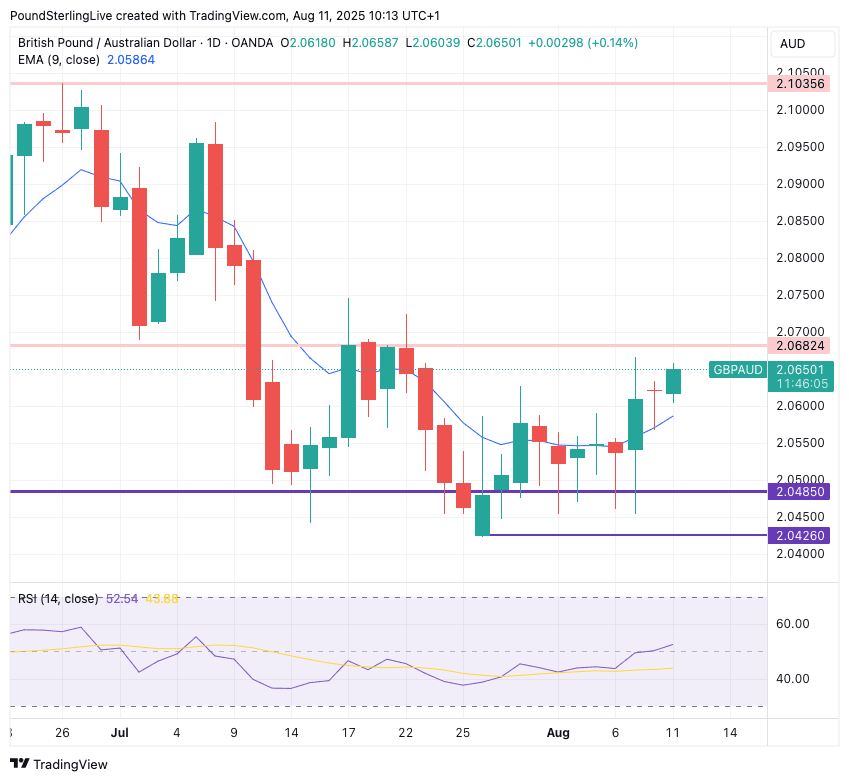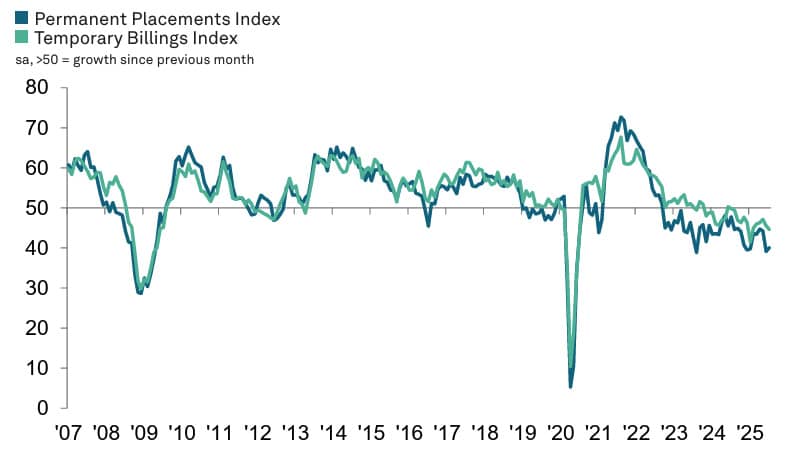
Image © Adobe Images
The Pound to Australian Dollar exchange rate (GBP/AUD) is turning higher, but range resistance could yet thwart the advance.
The Australian Dollar has softened ahead of Tuesday's Reserve Bank of Australia (RBA) meeting, where a 25 basis point interest rate cut is anticipated.
Tuesday's decision is not expected to be the last, meaning that although a cut is expected, the market sees some two-way risk on the guidance offered by policymakers in Sydney.
Perhaps the AUD's softness over recent sessions reflects some nerves ahead of the decision: GBP/AUD has risen as a result, and it is now on the cusp of testing 2.0682.
The chart shows 2.0682 to be an approximate resistance zone above which the pair has not closed since July 09, with attempts to move above it quickly running out of steam and being sold into.
GBP/AUD's near-term momentum has improved, with spot moving back above the nine-day exponential moving average (at 2.0586), signalling near-term momentum is now to the upside. This is corroborated by the extension to above 50 of the Relative Strength Index (RSI, in the lower panel of the chart), which is also pointing higher.
A daily close above the aforementioned resistance at 2.0682 could be a potentially significant technical development that opens the door to a near-term run to 2.0750.
A "dovish" RBA outcome, allied with a stronger-than-forecast set of UK labour market data, would likely allow this to happen.
But a significant risk to consider is that the AUD is undergoing a "sell the rumour, buy the fact" sequence into the RBA, meaning that it will rally once the RBA decision is out of the way.
If so, a setback at chart resistance is nailed on.
"We think it could be a hawkish cut by the RBA tomorrow," says David Forrester, a strategist at Crédit Agricole. "Inflation and the unemployment rate are in line with the RBA’s forecasts, so the central bank is unlikely to significantly change its economic forecasts."
Crédit Agricole's economists think the RBA will probably maintain its forecast for trimmed mean inflation to stay in the top half of its 2-3% target band, warranting a cash rate a bit above neutral.
Australian wage (Wednesday) and labour market data (Thursday) are also due out this week, and Crédit Agricole thinks they will also give reason for the market to pare back expectations for the quantum of future RBA hikes, abetting further Aussie Dollar gains.

Image © Adobe Images
The GBP-side of the equation will also be an important factor to consider given the release of labour market data on Tuesday and GDP figures on Thursday.
The labour market figures are contextualised by last week's Bank of England decision, which delivered a rate cut but showed significant doubts about the prospect of another cut this year.
This is because members of the Bank's Monetary Policy Committee (MPC) are concerned that inflation risks rising more than expected, potentially entrenching UK inflation levels above 2.0% over the medium- to long-term. This means that labour market data is less of a concern.
We think the downside GBP reaction to a soft print, will therefore be limited. But, importantly, we also think an above-consensus set of data will boost the Pound as it will further encourage the current trend to lower interest rate cut expectations further.
REC/KPMG Report on Jobs, July 2025.
Ahead of the wage and jobs data, a survey of the UK labour market conducted by the REC and KMPG showed employers remained downbeat.
However, there were some signals of improving conditions, which could mean the labour market downturn is bottoming out.
"All told, the slight improvement in the REC’s staff placements balance in July signals that the jobs market is stabilising, even if in a weak state," says Elliott Jordan-Doak, Senior U.K. Economist at Pantheon Macroeconomics.
Thursday's quarterly GDP data should show the UK economy grew 0.1% q/q in the second quarter. Any significant undershoot should weigh on the Pound.
However, as with the jobs report, depressed sentiment towards the UK economy leaves us thinking the bigger market reaction would be to the upside in the event of an above-consensus reading.


